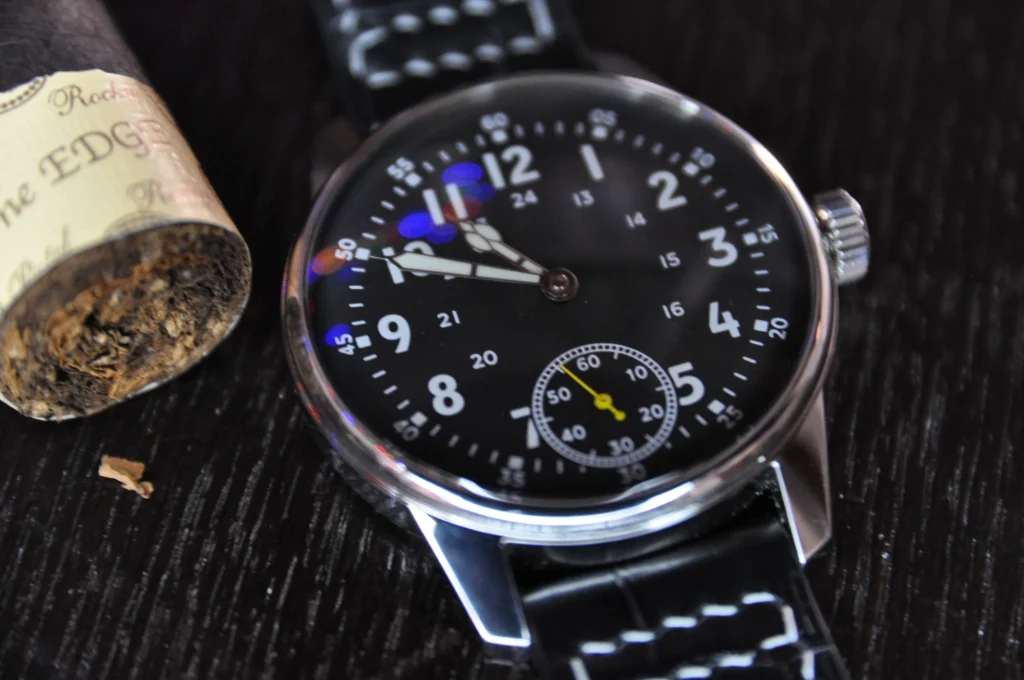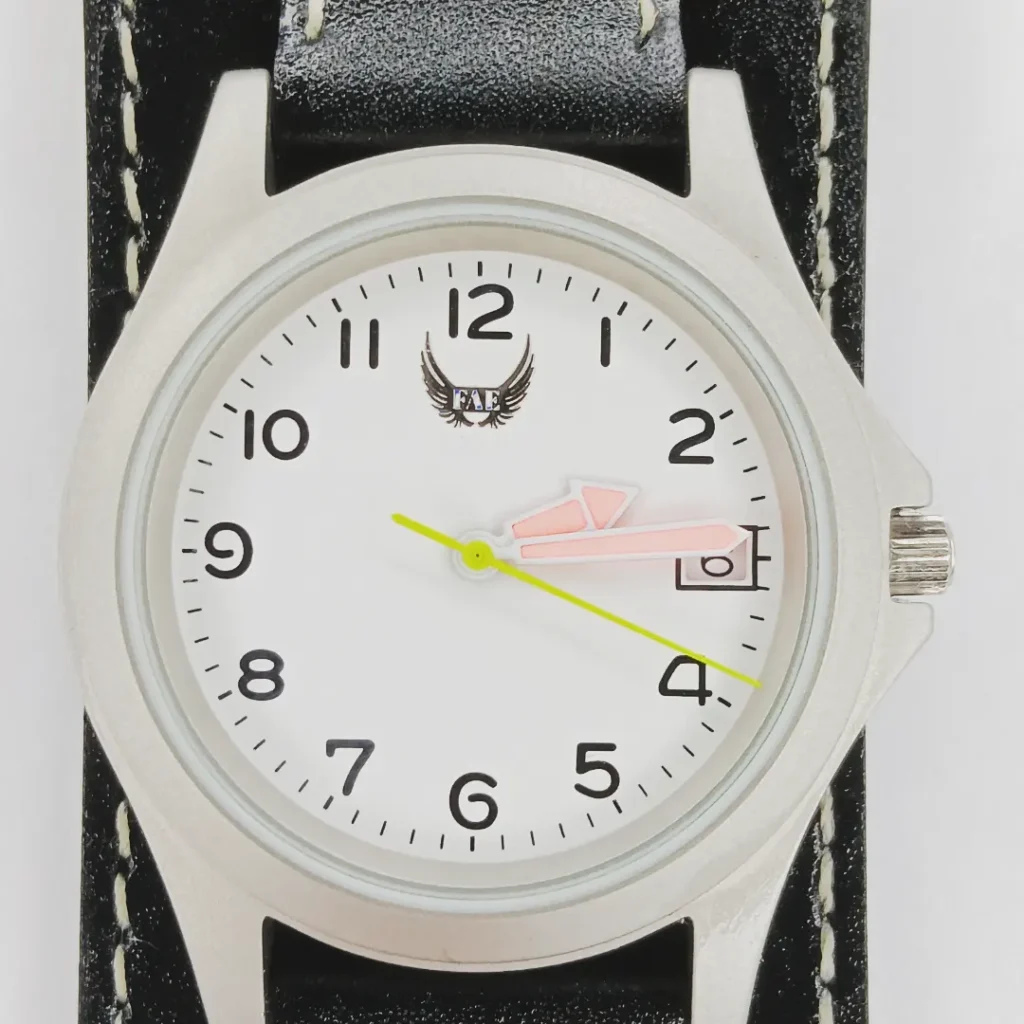
Stainless steel is a versatile and widely used material known for its corrosion resistance, strength, and aesthetic appeal. There are several different types, or grades, of stainless steel, each with its own composition and properties.
Here are some of the common types of stainless steel:
1. Austenitic Stainless Steel: Austenitic stainless steel is the most common type and accounts for a significant portion of stainless steel production. It is non-magnetic and known for its excellent corrosion resistance, high ductility, and good formability. The most widely used austenitic grades are:
– 304 (A2) Stainless Steel: This is the most common grade, suitable for a wide range of applications, including kitchen appliances, food processing equipment, and architectural components.
– 316 (A4) Stainless Steel: It contains higher levels of chromium and nickel, offering superior corrosion resistance, particularly in marine environments and applications involving exposure to chemicals or saltwater.

Custom FAE Mechanical Watch – Made in USA
For the pragmatic yet discerning watch owner, FAE offer the “Sapphire” edition of the Field Mechanical Watch which features all possible upgrades.
2. Ferritic Stainless Steel: Ferritic stainless steel has a body-centered cubic crystal structure and is magnetic. It offers good corrosion resistance and is often used for applications where formability and welding are important. Common ferritic grades include:
– 430 Stainless Steel: This grade is widely used in automotive trim, kitchen appliances, and indoor architectural components.
– 444 Stainless Steel: It offers improved corrosion resistance compared to 430 stainless steel and is used in applications where resistance to chloride stress corrosion cracking is critical, such as hot water tanks and water heaters.
3. Martensitic Stainless Steel: Martensitic stainless steel is known for its high strength and hardness. It can be heat treated to further enhance its mechanical properties. While it has lower corrosion resistance compared to austenitic and ferritic stainless steels, it finds applications in cutlery, surgical instruments, and turbine blades. Common martensitic grades include:
– 410 Stainless Steel: It provides good corrosion resistance and can be hardened by heat treatment. It is often used in applications requiring high strength and moderate corrosion resistance.
– 420 Stainless Steel: This grade has higher carbon content, which gives it improved hardness and wear resistance. It is commonly used for cutlery, surgical instruments, and molds.

Custom FAE Quartz Field Watch – Made in USA
With a stout, solid-stainless-steel case, a scratch-resistant sapphire crystal, time accuracy to within seconds per month, and up to 40 months of continuous battery life, your Custom FAE Quartz Field Watch will go anywhere you go and take any punishment you take, for as long as humanly possible.
4. Duplex Stainless Steel: Duplex stainless steel combines the properties of both austenitic and ferritic stainless steels. It has excellent corrosion resistance and higher strength compared to austenitic stainless steel. Duplex stainless steel is commonly used in chemical processing plants, oil and gas industry, and marine applications.
– 2205 Stainless Steel: This is the most widely used duplex grade, known for its balanced combination of corrosion resistance and strength.
These are just a few examples of the different types of stainless steel. Within each grade, there can be further variations based on specific compositions and manufacturing processes.
The selection of stainless steel depends on the intended application, considering factors such as corrosion resistance, mechanical properties, fabrication requirements, and cost.